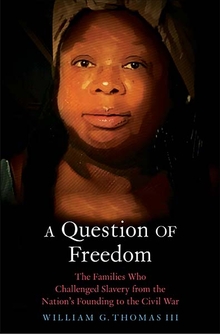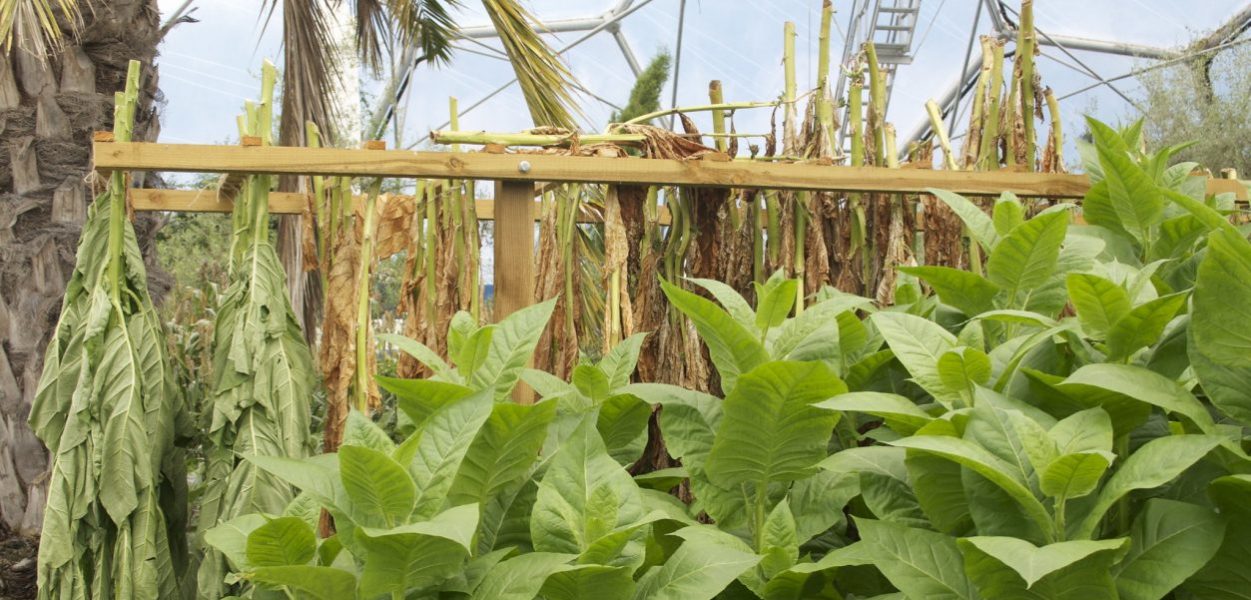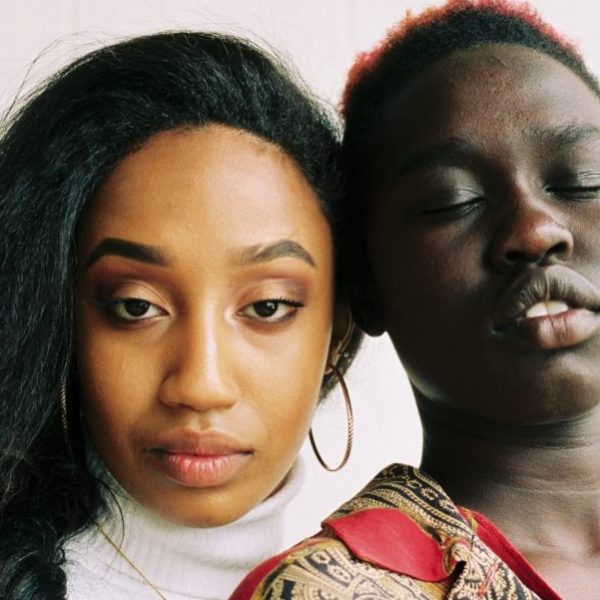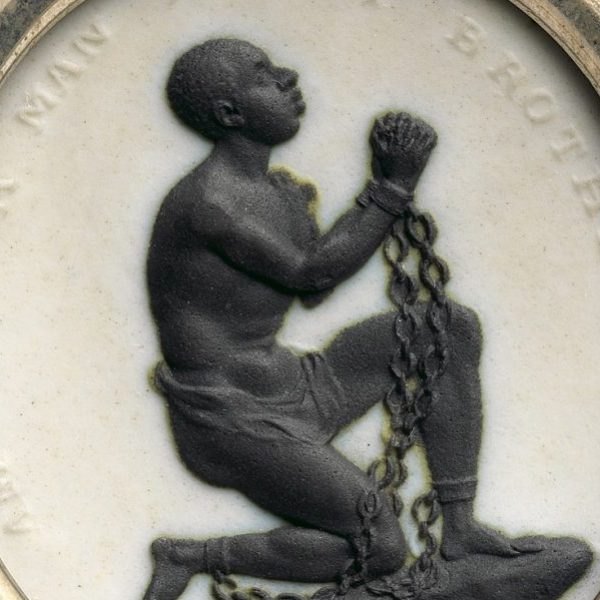The Meeting at White Marsh, 1789
William G. Thomas III—
The poplars swayed high above Edward Queen and Charles Mahoney on that May morning. The summer heat crawled up from the Patuxent River, summoned from its slack banks and slow bends, drawing its oppressive punch from the Chesapeake Bay and the Atlantic Ocean beyond. To the east, the Potomac River, a longer, broader, and deeper tributary than the Patuxent, ran almost due south on its course to the bay. The little region between the two great rivers—the Potomac and the Patuxent—produced some of the finest tobacco in the country. In the world, for that matter. The leaf grown in Maryland, called “Brightleaf” Oronoco, was strong in taste, yellow in hue, and coarse in texture, but it was a variety with a steady market in continental Europe. The leaves were cultivated, tended, harvested, packed, and transported by the hands of nearly thirty thousand enslaved men, women, and children. Each enslaved person tended as many as twelve thousand plants on two to three acres of soil.
Every May and June the scent of new tobacco seedlings wafted across the rivers, creeks, marshes, and fields of the Patuxent. For Edward Queen and Charles Mahoney, the aroma was a foretaste of what was to come: the air pungent with sweat. Five hundred hills a day with the hoe. In the late summer and early fall the leaves were hauled in, hung, and cured. For four to six weeks in the spring when the new planting began, the whole country between the great rivers of Maryland smelled of Oronoco leaves. Every day just breathing the air was a reminder of all that had been extracted from the men and their families, and all that would be taken in the years to come.
Edward Queen had just celebrated his thirty-fifth birthday when the Jesuit priests arrived at the plantation they called White Marsh for their annual business meeting on May 11, 1789. Grandson of a free woman, he chafed at his family’s enslavement.
Edward was barely five years old when his grandmother died, but she had been taken away long before he was born. In fact, Edward probably never met Mary Queen; the Jesuits sent her with her son Ralph to Bohemia Manor, one of their plantations across the Chesapeake Bay on the Eastern Shore of Maryland. She had died there nearly thirty years earlier, in 1759. Edward’s mother, Phillis Queen, would have told him Mary’s story: how she was a free woman from New Spain, present-day Ecuador, who lived in London for three years before coming to the Maryland colony as an indentured servant. In addition to his mother and his aunt Nanny Cooper, who was also at White Marsh, Edward was acquainted with several white men and women who remembered Mary Queen. By the late 1780s, Mary Queen’s descendants comprised the largest enslaved family at White Marsh and had been trapped in bondage for three generations.
Charles Mahoney was thirty-two. His family was spread out all over Maryland, enslaved for generations not only on the Jesuit farms but also on other big tobacco plantations up and down the Western Shore. Charles Carroll of Carrollton, a signer of the Declaration of Independence and Maryland’s leading political figure, enslaved more than forty of Charles Mahoney’s relatives.
Mahoney’s great-grandmother Ann Joice was said to be a free woman of color from Barbados, a black woman indentured to Lord Baltimore. The Joice family passed down from one generation to the next the story of their family’s enslavement. Ann Joice was sold away from her family, her indenture disregarded and “burned,” and she was thrown in a basement cellar for six months to keep her from running away. Three of her sons, desperate for their freedom, killed an overseer who mistreated them. Found guilty, the three men were hanged and quartered, their body parts placed on pikes in Prince George’s County as a warning to other slaves. Charles had heard these stories, and he knew men and women, white and black, who had met his great-uncles, were at their trial, and watched their execution.
Led by Edward Queen and Charles Mahoney, the enslaved families of White Marsh sued three Jesuit priests and set in motion a momentous legal and social battle over the future of slavery in the new nation.
From A Question of Freedom by William G. Thomas III. Published by Yale University Press in 2020. Reproduced with permission.
William G. Thomas III is the John and Catherine Angle Chair in the Humanities and Professor of History at the University of Nebraska. He was co-founder and director of the Virginia Center for Digital History at the University of Virginia.
Further Reading:



























